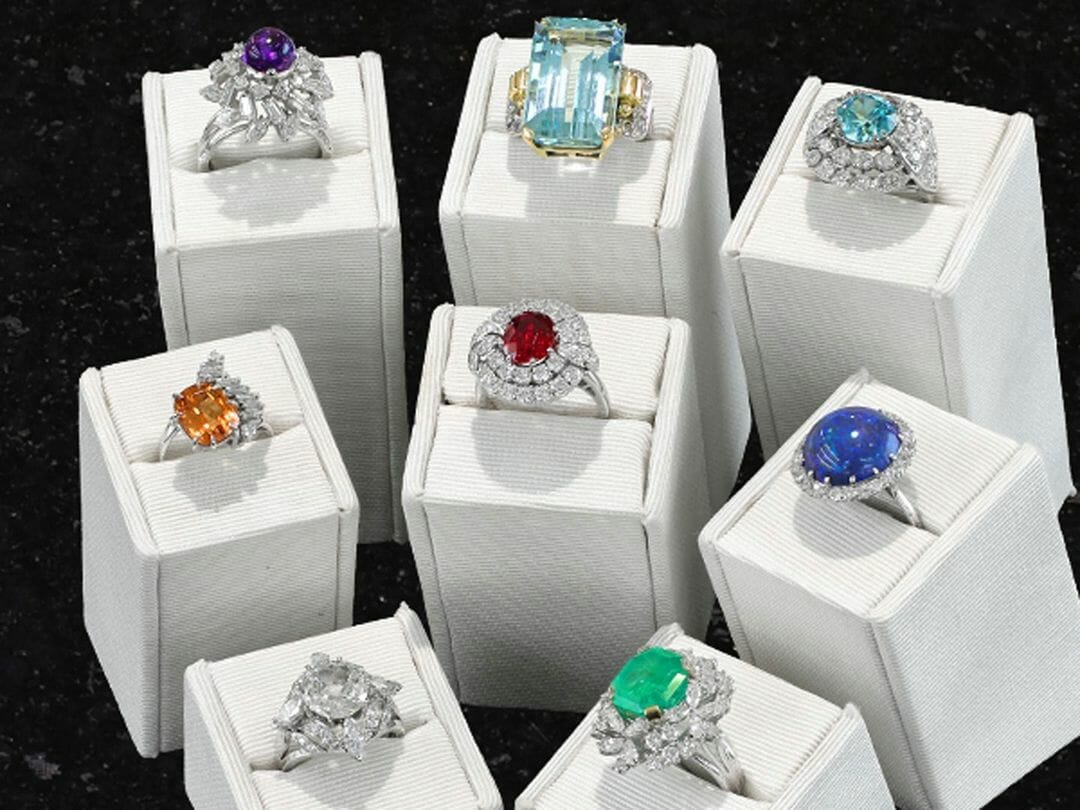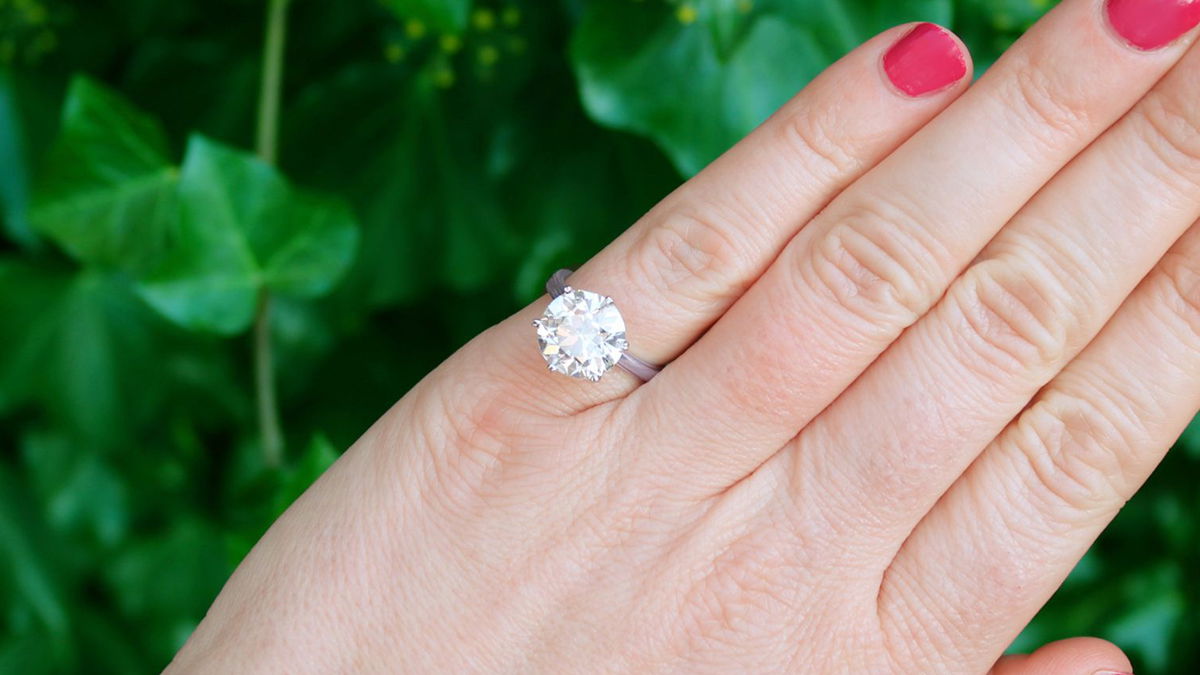It’s important to establish one thing – weighted silver doesn’t actually refer to the silver itself but rather the construction technique. Interestingly, the silver used in a weighted item is the same as in any other. So, then the question is…what is different about weighted silver?
Weighted simply means that there is a solid core (or weight, if you will) that is being used to reinforce the piece. Typically, it is hollowware pieces that are weighted, such as bowls, dishes and candlesticks. In fact, lengthy pieces, such as silver candlesticks, are weighted throughout the piece whereas certain boxes and condiment shakers bear weights to the lower portion to make them more secure in situ.
The material that can be commonly used in weighted silver is wax or cement. Some suggest that the most common material is pitch, which is a material very similar to tar. The materials used are heated to a liquid state and then poured inside the piece, cooled, and this provides a solid foundation. Unfortunately, the materials can become brittle and break over time. Thus, occasionally, there is a metal reinforcing bar as well as the wax and the cement. A mould is created for the piece and then a thin layer of silver is applied to it.
Weighted silver allows for a few things such as a more ornate design, a more sturdy item and also significantly reduced expense (by using a thinner gauge of silver).
Some examples of weighted candlesticks…
To ensure customers know exactly what they are buying all weighted items should be labelled as “Weighted”. However, it can be difficult when buying vintage and antique pieces. Therefore, in these situations, you need to remember a few things. Try not to judge a piece of silverware by weight alone, for example a candlestick weighing a few kilograms might not be all silver. Moreover, you should be careful handling pieces of weighted silver, this is because the silver coating can be quite thin.
It’s also good to keep in mind that not all hollowware pieces are weighted. When this sort of item arises, the piece is sturdier and thicker than their weighted counterparts. This is primarily because they need to be sturdier in order to remain held up without any assistance. This is especially true the bigger and larger the piece gets.
Caring for weighted silver
When dealing with weighted silver, or any kind of silver, it is best to treat it care! When you clean an item use gentle pressure and support the piece, remembering only to use slightly warm water to rinse the polish from a piece. Never place the item in water, as any void, hole, or hollow areas could fill with water. Moreover, do not place a weighted silver, or sterling silver, item in the dishwasher for the same reason, but also because the chemicals in the dishwasher could harm the silver. Avoid placing the items near a heat source, for example a fireplace. This includes placing the item in window that exposes it to direct sunlight, as this could soften the filling. Finally, if you ever hear a rattling sound do speak to a professional, so to limit the amount of damage caused.








